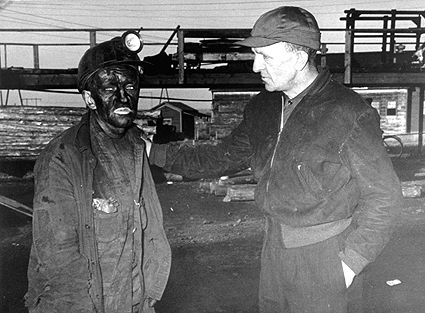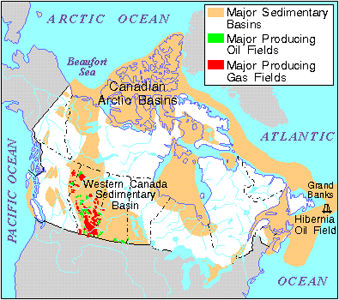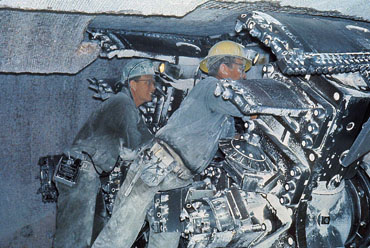Article
Mineral and Mining Engineering
Mineral engineering is that branch of ENGINEERING concerned with the application of scientific and technical knowledge to the search for and production of valuable MINERALS from naturally occurring surface, underground or below-water deposits.









